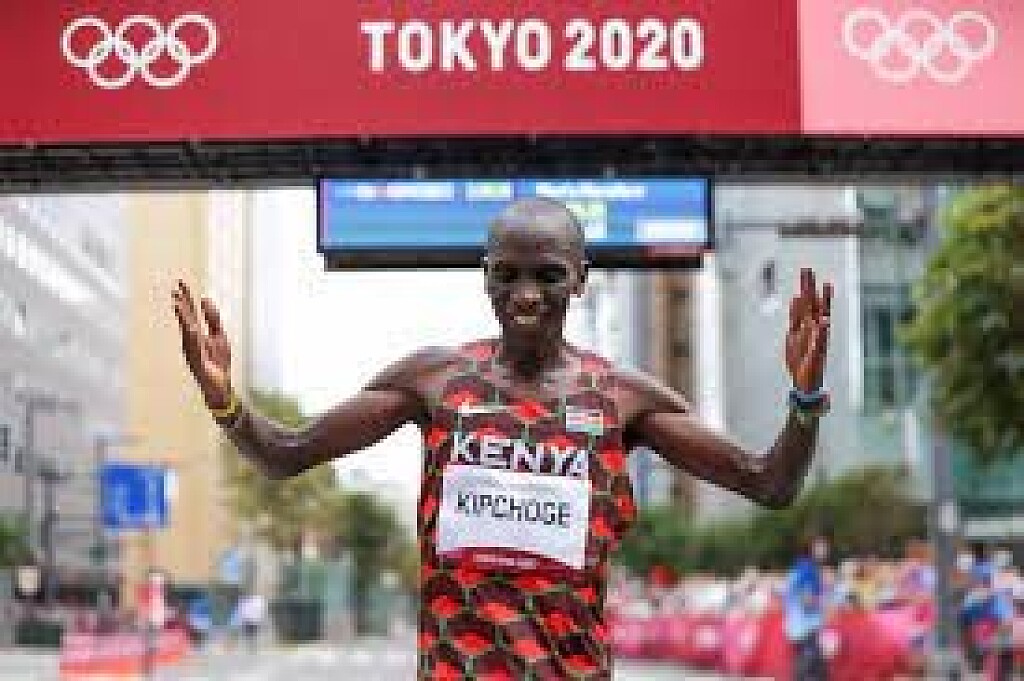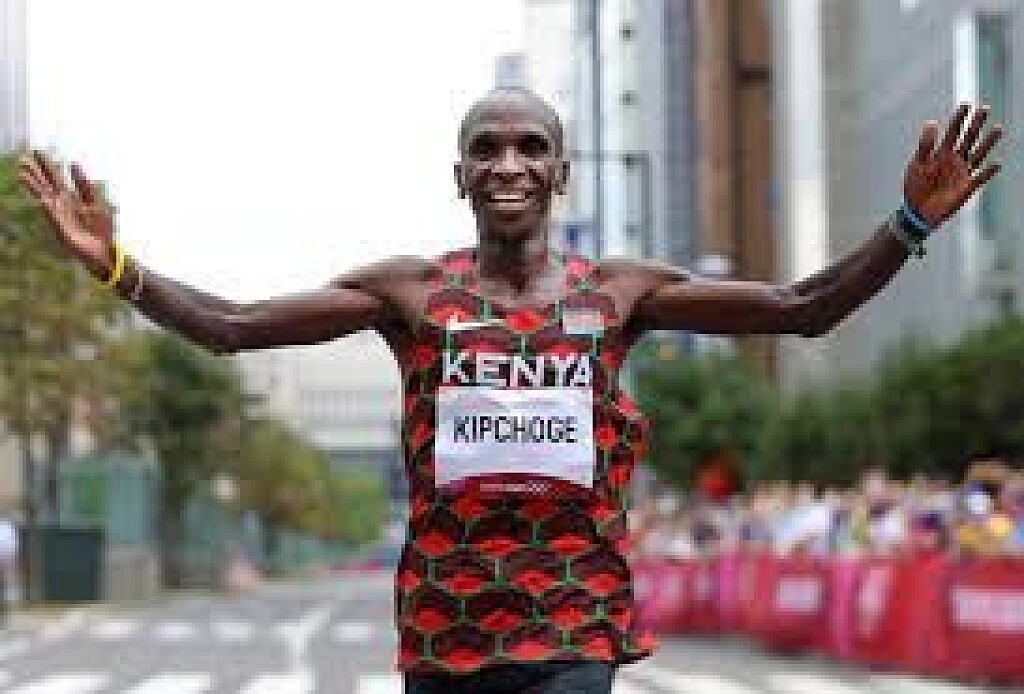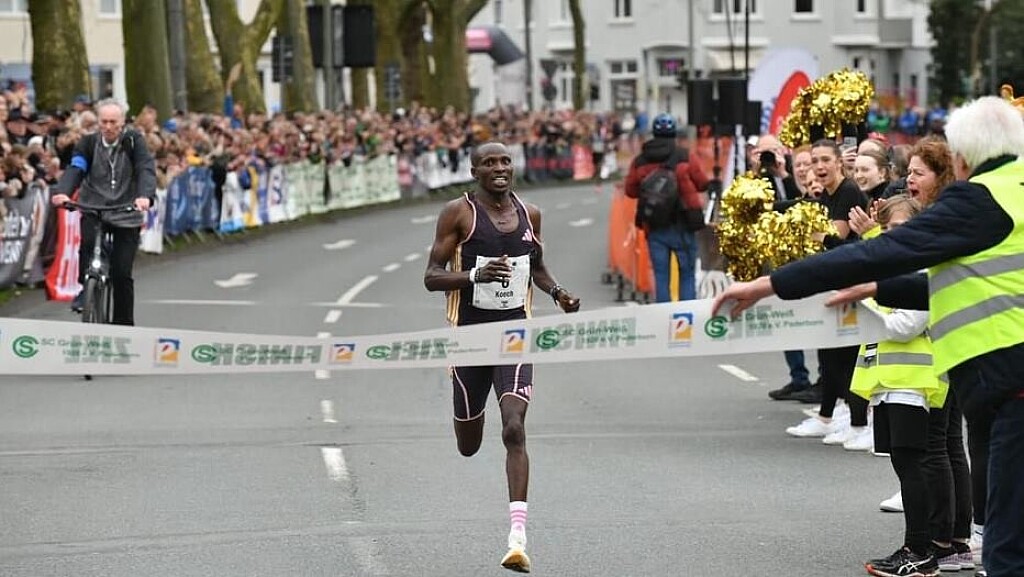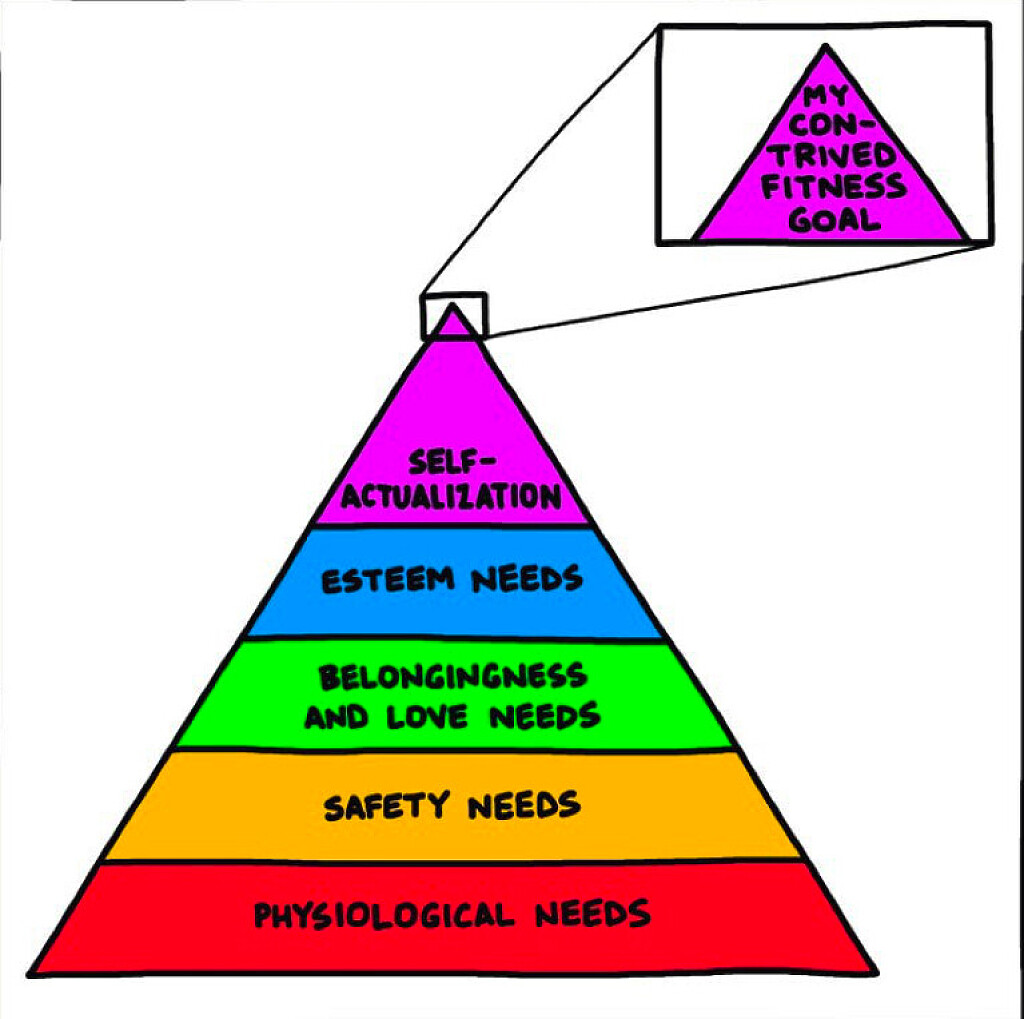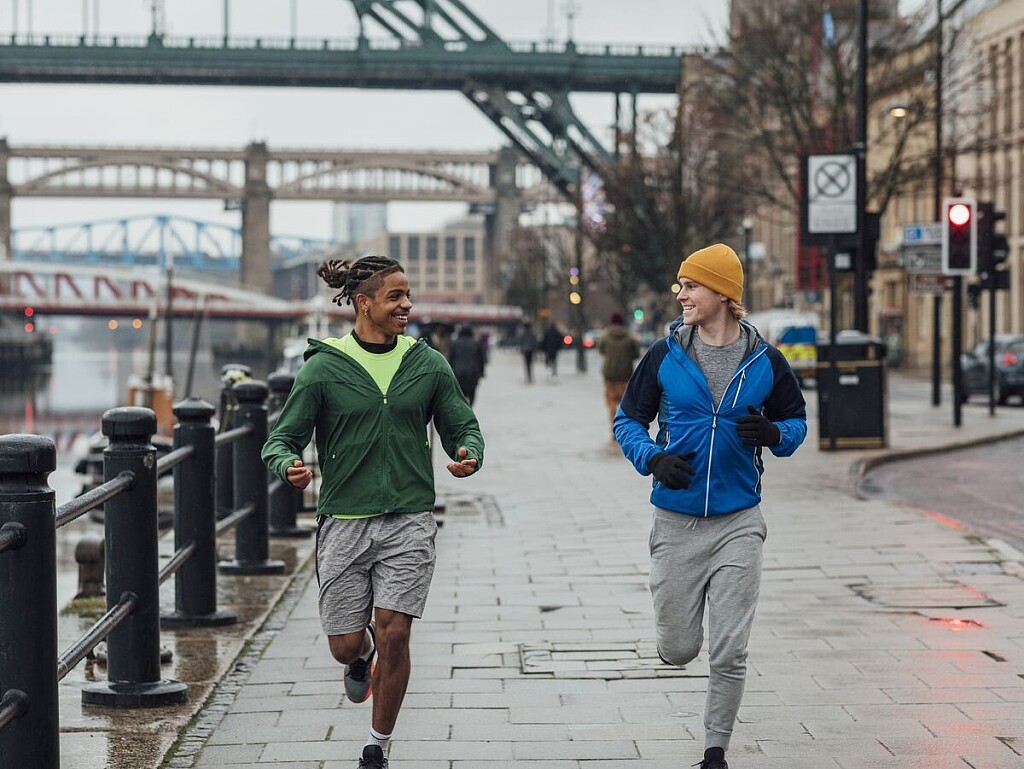Running News Daily
Top Ten Stories of the Week
4/6/2024
These are the top ten stories based on views over the last week.
Pulse Sports: Kenyan media caught some people with this April Fools' prank
Eliud Kipchoge has not suffered any injury or withdrawn from the Paris 2024 Olympics with the marathon GOAT having put the disappointments of Tokyo behind him.
You might have fallen for our April Fool’s Day story about two-time Olympics champion Eliud Kipchoge withdrawing from the Paris 2024 Games.
Well, the marathon GOAT is very much on the road to Paris as he has not withdrawn or suffered any injury.
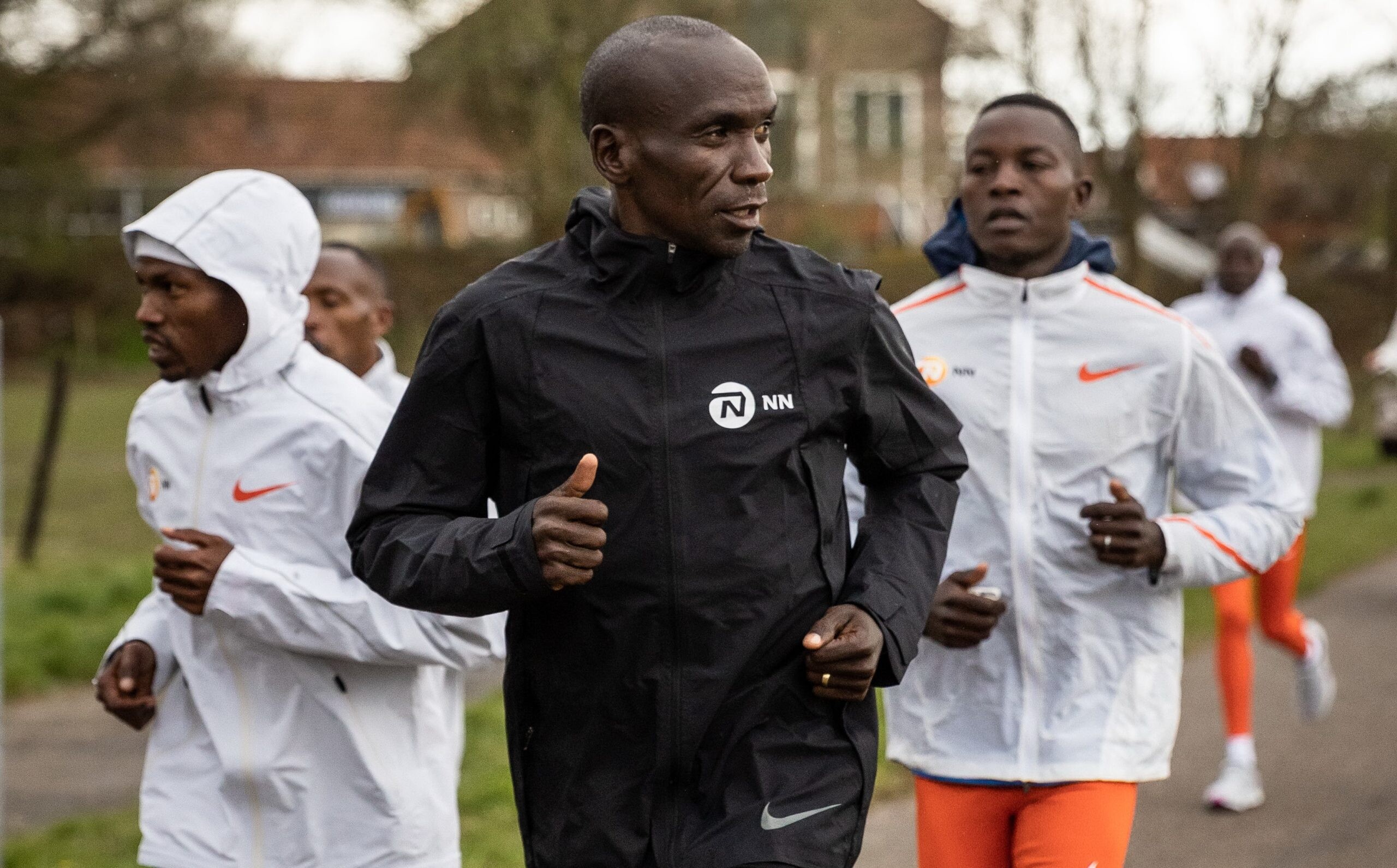
Kipchoge will be heading to Paris with the aim of becoming the first man to win three straight Olympics marathon gold medals and is back in training ahead of the Games.
ipchoge was selected among Team Kenya’s provisional squad for the Olympics alongside with 2024 Tokyo Marathon champion Benson Kipruto, Timothy Kiplagat and Vincent Ngetich, who finished second and third in Tokyo, Bernard Koech, two-time New York Marathon champion Geoffrey Kamworor, Cyprian Kotut, 2022 London Marathon champion Amos Kipruto and Titus Kipruto.
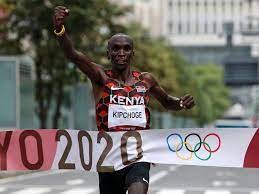
With Athletics Kenya set to add another name to the roster before naming the final three, Kipchoge is hot favourite to be on the list that will head to Paris and he is fully focused on making history in the French capital.
“My aim is to inspire as many people as I can. I am aiming for three gold medals consecutively,” Kipchoge told the LOAF Podcast.
“Back-to-back-to-back. This is in my mind. I will try my best to push myself to win it three times and tell the next generation that longevity is the key and you can make a goal, pursue it and make it happen.”
Kipchoge is coming off a disappointing outing in Tokyo where he managed a 10th-place finish, having started well, something that saw some observers doubt whether he can win Olympics gold.
While he has put the disappointment behind him, he admits the defeat took its toll on him after toiling for so long to ensure he achieved success.
“I have learnt that you can train in a good way, be in a good shape but putting in it practice, something will remain unlocked and disappointments will come in but a coin has two sides but in life, it has three sides, that is thinking big,” he added.
“I did not succeed as far as Tokyo marathon is concerned. I feel disappointed to train for four, five months without getting the real results but it is not the end of life.”
With the marathon being the last event on the Olympics programme on August 11, Kipchoge has four months to prepare for what could be his final appearance at the Games and possibly right the wrongs of Tokyo in Paris.
(04/02/24) Views: 272Joel Omotto by Pulse Sport
What you should know before running the Crescent City Classic
New Orleans is just one day away from the start of the 46th Crescent City Classic, and the annual running event is expecting 15,000 participants on this year's start line.
The Classic attracts people of all ages – and fitness levels, with organizers saying more than 60 percent of participants choose to walk rather than run.
World-renowned sports performance specialists – and WWL health and fitness experts – Mackie Shilstone and son, Spencer, say "getting the body right" before pounding the pavement is paramount for success at the Crescent City Classic – or any run for that matter.
Here are a few pre-race tips to help runners go the extra mile:

Meet a runner's best friend – shoes
According to Mackie, the single most important thing a runner can do is purchase the right running shoes. Whether you supinate, pronate or stand somewhere in the middle (neutral), the selection of proper footwear can make all the difference in running success and safety.

Mackie says, 70 percent of runners make first impact to the ground with their heel. So heavier runners will require a heavier heel counter because when the foot strikes the ground, the body weight is magnified by 5-7 times – five times in a moderately fit person, and seven times in an out-of-shape person.
"If you don't have the right running shoes where you have a thumbnail difference between your big toe and the end of the shoe, if you don't have the right lateral mechanics," explains Mackie. "Many people will go out and try and do this and have not prepared. So preparation in getting the right running shoe, that's for you."
Podiatrist-prescribed custom orthotics can also provide a substantial – and now affordable – solution.
And he says never, ever wait until race day to break in a new pair of kicks.
Roberts, who also leads a run club for the Louisiana Running + Walking Company, once again supports Mackie's suggestion on breaking in new shoes.
"I always recommend at least getting a few runs in even the week prior if it's a new pair of shoes," said Roberts. "But don't pull them right out of the box on the day of, especially if it's a completely different change [of shoe]. So, if you're going into it with a new speed shoe thinking you want to try something faster...don't recommend it.
Fueling the body is high-performance
Sodium is important because exercise lasting 60 minutes or longer is going to require the replacement of electrolytes. Anything longer than 90 minutes will require the intake of carbohydrates.
"Fueling the body is high-performance," said Mackie. "Mis-fueling the body is tantamount to disaster."
Mackie says most sports drinks do not provide enough sodium, which is needed to effectively use the glycogen in your liver and muscles and circulatory system.
"I'm not telling anyone on a hypertensive-type diet (less than 1,500mg per day) to go out there and increase your sodium," said Mackie. "[But] the requirement for sodium sits up there around 2200 milligrams."
Mackie also warns against the intake of fiber before a long run – or race – like the Crescent City Classic.
"You don't want any fiber in the diet," explained Mackie. "You don't want to have to go in and unfortunately have to use the toilet because your nature calls."
Truth about carb-loading for the Crescent City Classic
Mackie claims carb-loading for events such as the Crescent City Classic can be recipe for disaster. He explained that a moderately fit runner – someone running between 15-30 miles per week – can expect to finish a 10k in approximately 50 to 70 minutes. This means heavy carb-loading the night before can be excessive and counterproductive.
"Carb-loading simply means everybody's going out and eating a lot of pasta," explained Mackie Shilstone. "But let's let's go back to basics. Let's go back to human physiology. We're talking about 10k (6.2 miles). We're talking about the liver and muscle and circulatory system of the average person out there is 2,000 calories. You burn 100 calories for every 10 minutes of exercise."
Former Tulane runner and local running coach Aislinn Roberts agrees with Mackie.
“Don't go crazy on those carbs," the Willow School alum told WWL. "I know everyone starts thinking about it, but if you do go crazy, you might upset that stomach. So, it's kind of important to make sure that you're not going overboard with all that.”
'Movement is medicine' | Benefits of stretching for health
Warming up before exercise is an essential part of your pre-workout or run routine.
As a specialist in corrective exercise and performance enhancement, Spencer Shilstone says static and dynamic stretches not only optimize athletic performance, but also provide greater overall health benefits for everyone – including those in a sedentary lifestyle.
"Stretching is very important to activate your body," explained Spencer. "Movement is medicine and whether you're just sitting at a desk for a really long time, you're getting your hip flexors very tight. So, you could be going for a race or you could be getting up from the desk. It's important to stretch out and mobilize your body.
(03/29/24) Views: 128Aaron S. Lee
Shock as Eliud Kipchoge withdraws from Paris 2024 Olympics
Five-time Berlin Marathon Eliud Kipchoge has released a statement explaining why he will not be defending his marathon title at the Paris 2024 Olympic Games.
In a shocking turn of events, two-time Olympic marathon champion Eliud Kipchoge will not be defending his Olympic title at the Paris 2024 Olympic Games scheduled for later this year.
In a heartfelt message to his fans, Kipchoge announced his withdrawal from the global showpiece. The decision, which has sent shockwaves throughout the sports world, comes as a surprise to many fans and analysts alike.
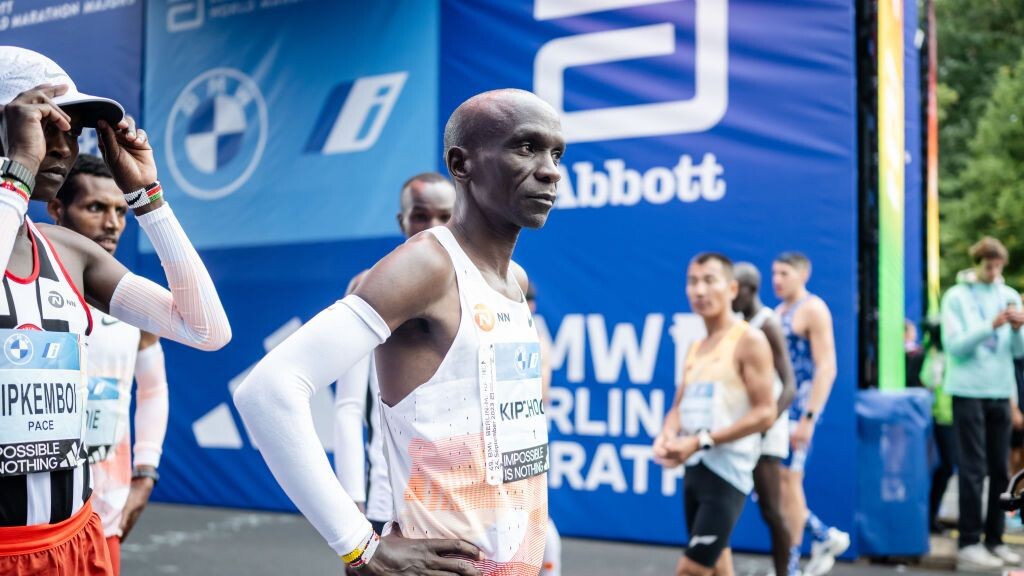
Kipchoge cited personal reasons, noting his desire to focus on other endeavours. The five-time Berlin Marathon champion issued a statement earlier today expressing his gratitude for the support he has received throughout his career, but also his need for a change in direction.
"It is with a heavy heart that I announce my decision to withdraw from the Paris 2024 Olympics. Competing at the Olympics has always been a great thing and I was looking forward to winning my third successive title.
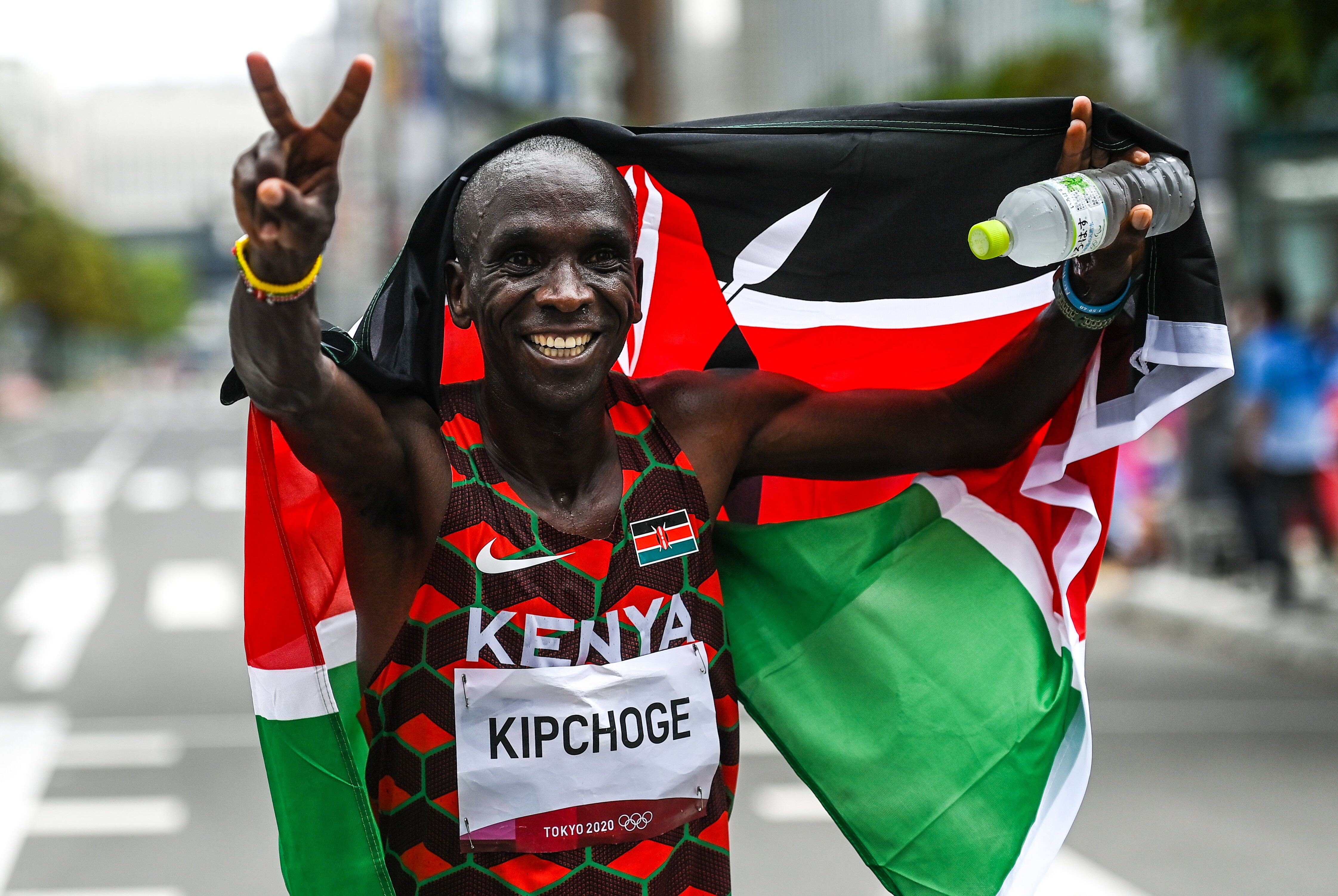
“However, at this juncture in my life, I feel compelled to explore new opportunities and challenges,” a part of the statement from the four-time London Marathon champion read.
Kipchoge has achieved so much on the track and the roads with numerous accolades to his name, including multiple Olympic medals and a world record to his name that was shattered by the late Kelvin Kiptum at last year’s Chicago Marathon.
Kipchoge has long been regarded as one of the greatest marathon runners of all time and his decision has not been taken lightly by his fans who were hoping to see him descend on the start line one more time.
Fans of the sport have taken to social media to express their disappointment at the news, with many expressing their admiration for Kipchoge's accomplishments and wishing him well in his future endeavours.
While Kipchoge's absence will undoubtedly be felt at the Paris 2024 Olympics, the event is expected to showcase a new generation of talented athletes vying for glory on the world stage.
(04/01/24) Views: 125Pulse Sport
Kibor turns focus on Ottawa Marathon after ruling Kapsabet race
After winning the inaugural Kapsabet Half Marathon, Marion Kibor's next stop will be the Ottawa Marathon on May 26 in Canada.
Kibor, also the 2023 Paris Half Marathon silver medalist, said the Kapsabet race was part of her build-up ahead of the Ottawa Marathon, where she will seek her maiden win in the 42km distance.
“ I am trying to work on my endurance by racing in some of these events. Last year, I competed in the Amsterdam Marathon and finished eighth. I want to improve on that,” said Kibor.
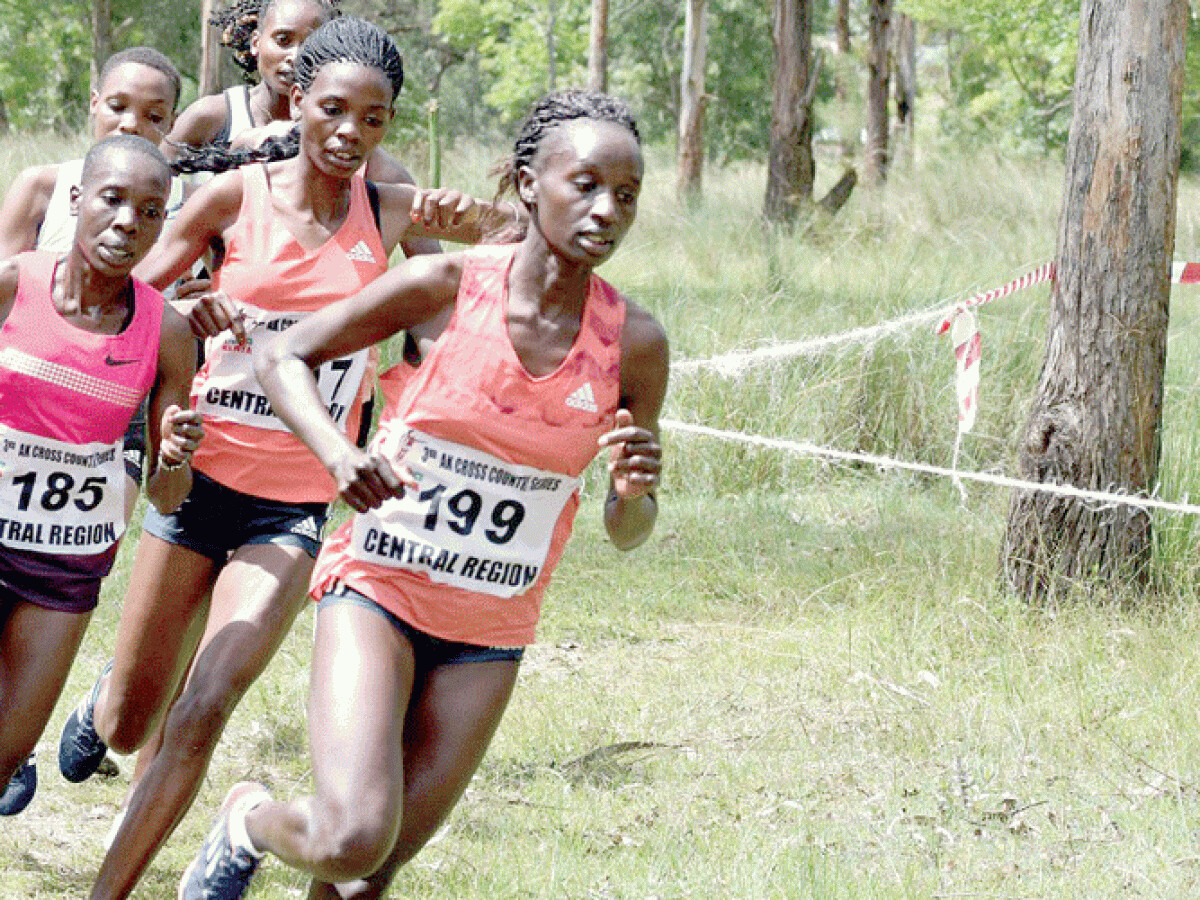
Kibor won the Kapsabet Half Marathon in 71:34.56 ahead of Gladys Songol (73:29.31) and Joan Chepkosgei (74:03.39).
She said she won easily because she trains on the same course. “Since I train here, it was easy for me despite the hilly course posing challenges. I was prepared for this race and the victory did not come as a surprise,” She said.
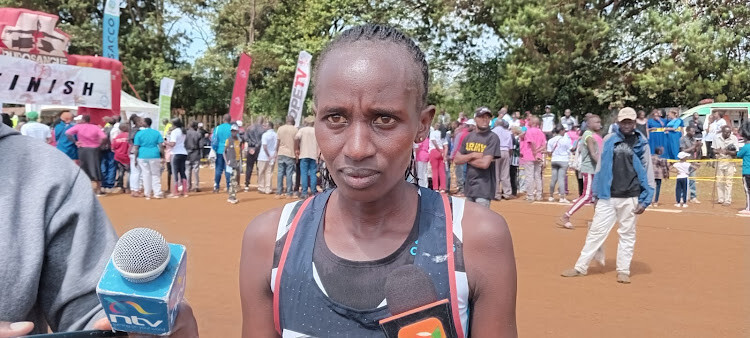
She said such local races are good for the upcoming athletes to build careers. These are the kinds of races they are supposed to use to showcase their talents.
(04/01/24) Views: 116Emmanuel Sabuni
Robert Kiprop wins Paderborner Osterlauf 10k
Former All-African Games 5000m champion, Robert Kiprop took the top honors at the Paderborner Osterlauf 10k race held on Sunday (31) in Paderborn North Rhine-Westphalia, Germany.
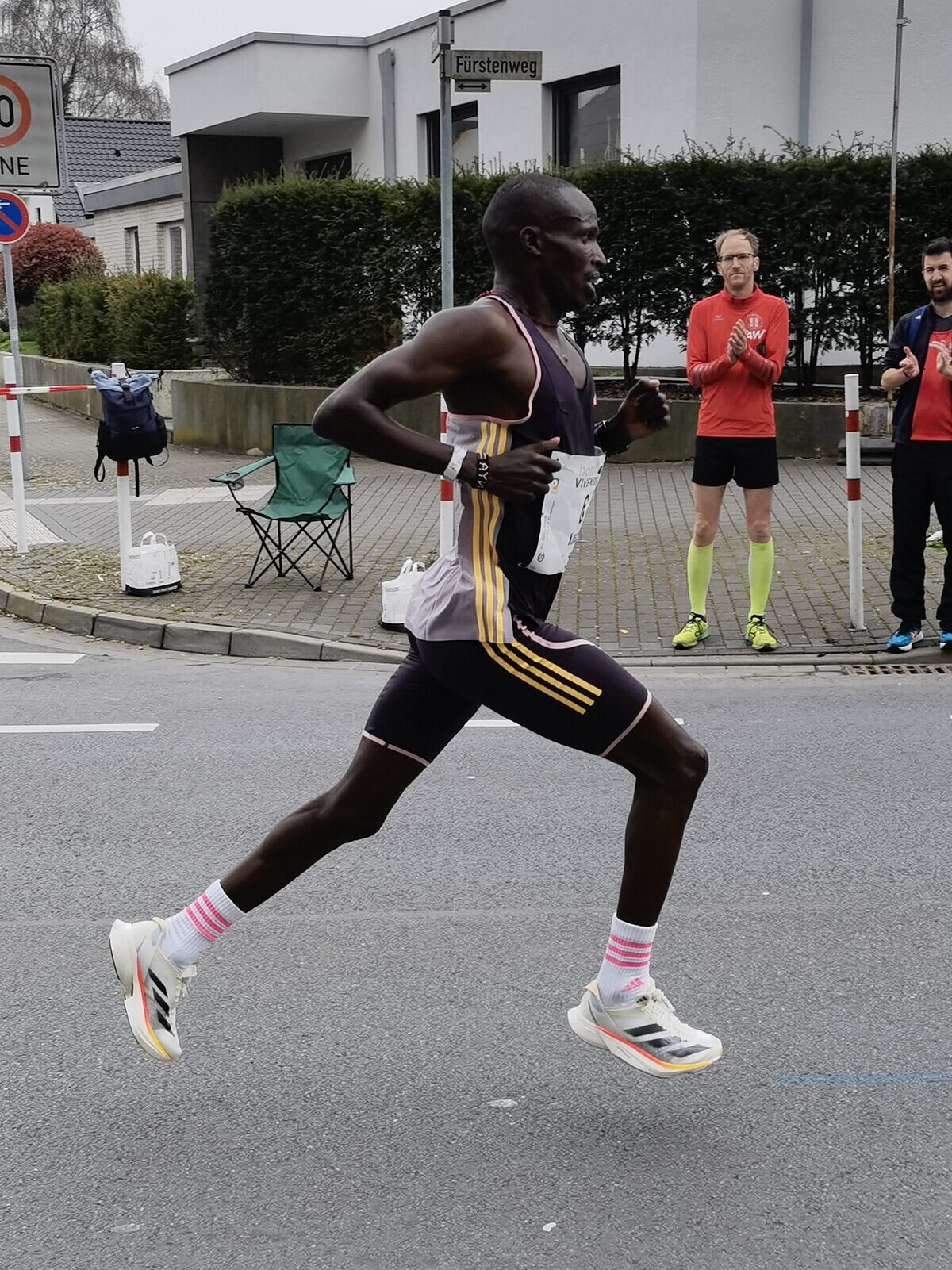
The 27 year-old took the honors in a season best of 27:54 and was followed in second place by Ethiopia’s Kifele Kefyalew in 28:11 with Ireland’s Fearghal Curtin closing the podium three finishes in 28:25.
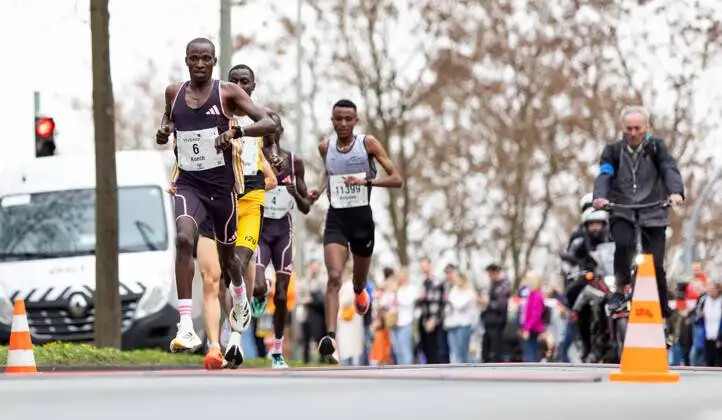
German’s Simon Boch and Vincent Kimutai from Kenya finished in fourth and fifth place tied in 28:37.
LEADING RESULTS
10KM MEN
Robert Kiprop (KEN) 27:54
Kifele Kefyalew (ETH) 28:11
Fearghal Curtin (IRE) 28:25
Simon Boch (GER) 28:37
Vincent Kimutai (KEN) 28:37
Titus Kiprotich (KEN) 29:15
Stephen Mwangi (KEN) 29:16
(04/01/24) Views: 110James Koech
Running 300,000 Vertical Feet In a Year: Noble Goal or a Fool’s Errand?
Arbitrary goals are nonsensical. They also can be the source of great joy.In the pursuit of any goal, we all face a moment of questioning ourselves, sometimes out loud.The first week of last December, I had that moment, a question as I power-hiked up an icy trail, listening to my own labored breath:The answer, of course, was: No, it was not necessary. I had a cold, or enough remnants of a cold that I should have been at home resting instead of semi-vigorously exercising outside.
But I had a goal. Or, rather, I had committed to a goal, with a deadline: 300,000 feet of uphill human-powered movement, in the year 2023. Before I started hiking uphill that day, I had logged 289,476 feet of climbing via running, hiking, ski touring, and cycling. I had 10,524 feet left to climb, and 24 more days to do it. And I wanted to get done early so I could stop worrying about it. So I kept tromping uphill.
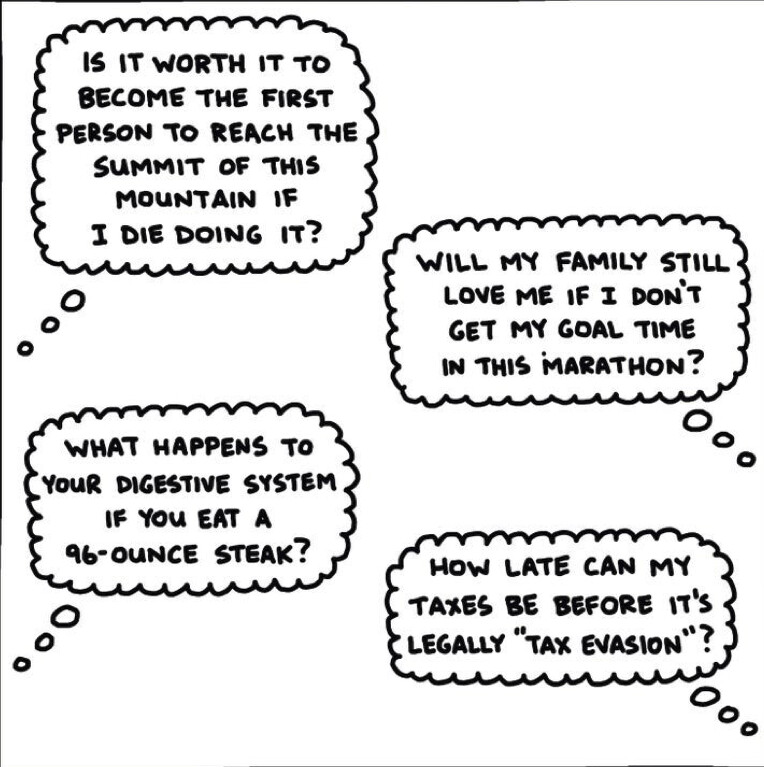
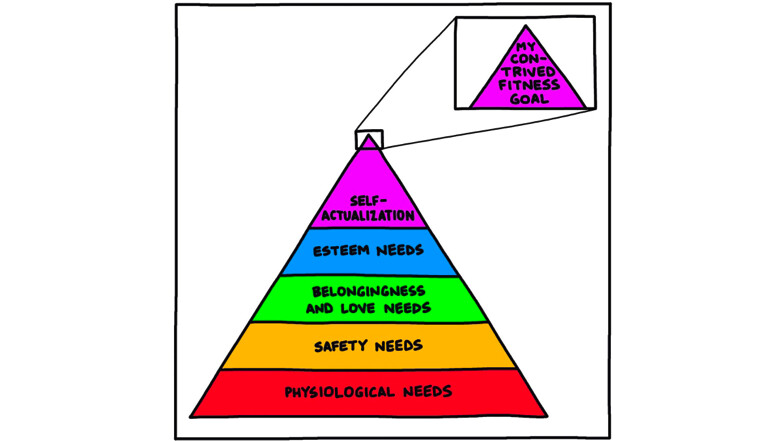
Even though I’d have a hard time convincing anyone it was “necessary,” in the sense of Maslow’s Hierarchy of Needs.Every year, human beings such as myself and yourself take part in an ancient ritual going back at least dozens of years: We decide how we are going to become a different person than we were the year before.
Sometimes we become completely different people, finally going to therapy, or deleting all of our social media accounts, or deciding to adopt the extensive and possibly unsustainable morning routine of a person who is an influencer on LinkedIn. Sometimes we just become a slightly different person, by committing to being on time, drinking more water, or meditating for one minute every day.
This probably sounds familiar. You may know it as a “new year’s resolution,” which is a common manifestation of this sort of idea, and also helpful in selling gym memberships. New year’s resolutions work for some people, but I have never had much success with them. Usually I think more along the lines of “what can I do that would make this year interesting/different from previous years?” Which I think is a good place to start, as opposed to “What’s wrong with me that I can attempt to fix or improve this year?” (If you’re asking yourself that same question, let me just say that you’re probably doing great, and at least a few people probably love you just the way you are. But yeah, we could all drink more water and eat more vegetables.)A few years back, a friend of mine mentioned he was going to try to log half a million vertical feet biking and hiking, and I don’t remember if he ended up getting it done, but I think he was probably inspired by a guy named Greg Hill who climbed and skied two million vertical feet in a year in 2010, and Greg Hill was probably inspired by himself, Greg Hill, skiing one million vertical feet in a year in 2005. I’m no Greg Hill. But what about 200,000 feet of ascent in a year? Certainly more doable by a middle-aged dad with a day job? That’s a little under 4,000 feet per week.
So I decided on that. I did a few backcountry ski laps at our local hill, just under 2,000 feet per lap, and hiked/ran up steep trails a couple times a week, trying to log a few hundred feet here or there. If Jay was awake and we had time between naps, I’d put him in the baby carrier backpack and chug up a trail for a few minutes or an hour, the dad version of a weighted training vest. I signed up for a steep 50K trail race, the Tiger Claw, which would get me almost 9,000 feet of climbing in one day, a big chunk.
Then in mid-May, my young friend Torrey, who has not been to my house recently to see my daily life trying to be a present and helpful dad, husband, self-employed artist and writer, said, “200,000 feet? I think you could do 300,000 easy.”
I thanked him for the encouragement by replying, “Fuck you,” and then we argued for a few minutes about who would buy dinner.
And then of course I started doing the math, which really amounted to a big question, How do I want to live my life this year, which is really a series of smaller questions:We’re lucky, as human beings, to have the time and resources to come up with ideas we refer to as “dreams,” and then spend time and resources pursuing those.
Some people put a lot of time and resources into one dream, like thru-hiking the Pacific Crest Trail, or climbing a big mountain halfway across the world, or completing an Ironman triathlon.Since I am a coward, I often tend to shy away from big goals with a high chance of failure, and instead choose to pursue goals with longer timelines, in order to have some flexibility. A bad week of weather can derail a big mountain summit attempt, and an injury can derail a plan to qualify for the Boston Marathon (I guess so could gastrointestinal distress on race day), but an annual goal of a bunch of vertical feet can withstand some bad weather or minor injuries during the year. Or, in my case, catching every communicable disease Jay brought home from daycare in his first six months of attendance, which included something like six colds, and norovirus or something similarly explosive and miserable.
Even with a week off here and there, I kept chugging along. I started a Strava club called 100 Grand, because I thought other people might think it was fun to try to log 100,000 feet of climbing, or 200,000 feet, or 500,000 feet, or whatever, depending on where they lived and how much time they had to devote to it. I know not everyone lives in a mountainous area, or even a hilly place, but I also knew about this group of people in Iowa and Illinois who race to see who can log 25,000 feet of vert the fastest (and in the smallest amount of horizontal distance) every December. I mean, look at this spreadsheet:Almost 2,000 people signed up for the 100 Grand Strava club, despite it launching in the middle of the year, and I’m not sure how much it motivated people, but I’m going to do it again in 2024. As soon as I finish mailing out stickers to everyone who clocked 100K or more in 2023.
As I rolled over 200,000 feet in September, and then 250,000 feet (in early October), I started to reflect on how the 300,000-foot number had changed my year of running. I have never been one to pay attention to my per-mile pace, but it went completely out the window this year, since a typical run for me looked like this:Mt. Sentinel is essentially a straight line two miles from my house and roughly 2000 vertical feet higher than my front door*, so I defaulted to it often this year. I stood on the summit 47 times, often enough that it started to feel quite ridiculous, but also a sort of home. Which is probably how my dad feels about certain holes on his home golf course, or how my brother feels about his favorite fishing spots.Every time I got home from a run, I’d check my yearly total on Strava as it ticked upward—except on the rare days I did a flat run, when I was short on time or had to run Jay to or from day care in the jogging stroller.
Eventually, I had a little less than 2,000 feet to go. Unless something crazy happened, I’d just need to get to the summit of Mt. Sentinel one more time and I could stop obsessing about it. My friend Forest had offered to go with me, but also said he understood if I wanted to go up alone. I decided to keep this one to myself, microspikes on my shoes for the icy sections, trekking poles as insurance to keep myself upright.
The last climb up the steep trail on the south ridge seemed like it was taking forever, and I watched several paragliders take off from near the top, a surprise sunny December day. I jogged through the snowy forest between the south and north summits, and then started the steep hike up the final 100 feet to the top. A figure in an orange jacket was starting down from the summit, headed my way.
The person stopped on the trail when they saw me, and without being able to see quite that far, I knew it was Forest. He started clapping, and then went back to the summit with me. He asked if I wanted to have the top to myself, to process it a little bit, and I said Nah, it’s just the last few feet of my dumb goal for the year. Which was true.
The closer I got to finishing, the more ridiculous it felt, and as much as I’d like to have had some epiphany about life, I know sometimes you just need a new motivation to get out the door and experience something, even if you end up on the same mountaintop *checks notes* 47 times. But as ridiculous as it was, I still followed through with it, which has some sort of meaning, maybe.
You don’t need to go far these days to find inspirational quotes about pursuing your goals, and I think everyone is looking for something different. The older I get, the more I think about a line from the late, great, philosopher and restaurateur Kenny Shopsin, in the 2004 documentary I Like Killing Flies:
(03/30/24) Views: 106Outside Online
Sawe sets focus on Prague Half Marathon
After what is considered a poor show at the World Athletics Cross Country Championships in Belgrade, Sebastian Sawe will hope to do better when he takes part in the Prague Half Marathon on Saturday, April 6.
He has some days to work harder and be ready for the half-marathon action after finishing seventh in Belgrade on Saturday, March 30, 2024.He has some days to work harder and be ready for the half-marathon action after finishing seventh in Belgrade on Saturday, March 30, 2024.
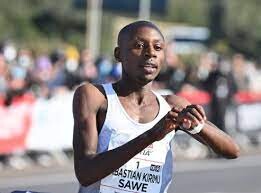
At the World Cross Country, Sawe was one of the favorites, but he faltered as Jacob Kiplimo of Uganda made history by defending the title. However, his seventh place helped Kenya win team gold.
Although, individually, it was not a good performance, Sawe has a chance to right the wrongs in Prague.

He is the fastest entrant for the Prague action as he enjoys a 58:29 personal best that he achieved at the 2022 Bahrain Royal Night Half Marathon. He will have Geoffrey Kiprotich challenge him as a teammate.
Kiprotich is a sub-one-hour runner on the field with a 59:13 personal best, and Gideon Kiprotich, who holds a 1:00:28 personal best, will also be in action.
Uganda, Kenya's emerging arch-rivals, will be led by Maxwell Rotich, who enjoys a 1:00:06 personal best from last year's Praha Half Marathon.
Although the Ugandan unit is seen as Kenya's main challenger, Ethiopia's Haftamu Abadi Gebresilase (1:00:27) is considered a strong rival too.
In the women's race, Jesca Chelangat and Vivian Melly will carry the flag. Nigistu Haftu of Ethiopia, who holds a personal best of 1:06:17, just 17 seconds shy of Irene Kimais' winning time from last year, will offer Kenyans the needed challenge.
(04/01/24) Views: 105Kiplagat Sang
Malaysia rejects offer to host 2026 Commonwealth Games
Malaysia has rejected an offer to hold the 2026 Commonwealth Games due to time constraints, costs and an insufficient offer of funding, its government said on Friday, in a major setback for a quadrennial multi-sport event that has struggled to find hosts.
Malaysia was asked to step in after the Australian state of Victoria withdrew, citing ballooning costs, with the Commonwealth Games Federation (CGF) offering 100 million pounds ($126 million) in supporting funds.
Malaysia ruling itself out raises the possibility that the Games may not take place for the first time since being cancelled in 1942 and 1946 due to the Second World War.

Malaysia could not commit to hosting the contest at such short notice with cost concerns and little time to assess the potential economic impact, officials said.
"If we had a longer time, we would definitely do it, but because there's such a short time, we definitely can't do it," government spokesperson and Communications Minister Fahmi Fadzil told a regular briefing.

"When we assessed the viability of hosting the Games, the length of time needed and the cost was seen to be particularly prohibitive."
The CGF expressed disappointment at Malaysia's decision, but said its search for a host was continuing.
"The confidential process to determine a host is continuing with other interested Commonwealth Games Associations," a CGF spokesperson said, without elaborating.
RELEVANCE QUESTIONED
The Games are typically contested by about 70 countries and territories of the former British empire and medals tables have in recent editions been dominated by Australia, England, Canada, India, New Zealand and South Africa.
Victoria's withdrawal had already placed the future of the event in doubt and raised questions about whether a Games with colonial origins was still relevant in the modern era, and over its place in an already packed global sporting calendar.
TV rights, the main income driver for international sports events, are tiny for the Commonwealth Games compared to other large-scale competitions, meaning national and local governments can face budget deficits if hosting.
Malaysia's youth and sports ministry said the 100 million pounds funding it was offered would not be enough to cover the costs of hosting the Games.
"Additionally, the economic impact could not be identified in this short timeframe," the ministry said.
The Games has struggled to find a willing host in recent years and five of the last six editions have been held in Australia or Britain.
The English city of Birmingham, which had been due to host in 2026, stepped in to save the 2022 event after South Africa were stripped of hosting rights over a lack of progress in preparations.
Birmingham's move led to the CGF scrambling to find another host for 2026 and Victoria had been the only viable candidate after several other cities withdrew from the bidding process over cost issues.
The proposal had received a mixed response in Malaysia, which hosted the 1998 edition, over the lack of preparation time and costs.
The Malaysian Olympic Council had initially proposed holding a downsized Games, with limited spending on athletes' accommodation and smaller opening and closing ceremonies.
(03/29/24) Views: 101Reuters
2 weeks to Boston: tips to prepare
You've started your taper. Here are some things to keep in mind.
April 1 means it’s officially race month for those headed to the Boston Marathon on April 15. If you’ve spent your winter training for the 2024 edition of this storied race, you’re probably starting to think about the final preparations you can make to set yourself up for success on April 15. Here are five tips to consider:
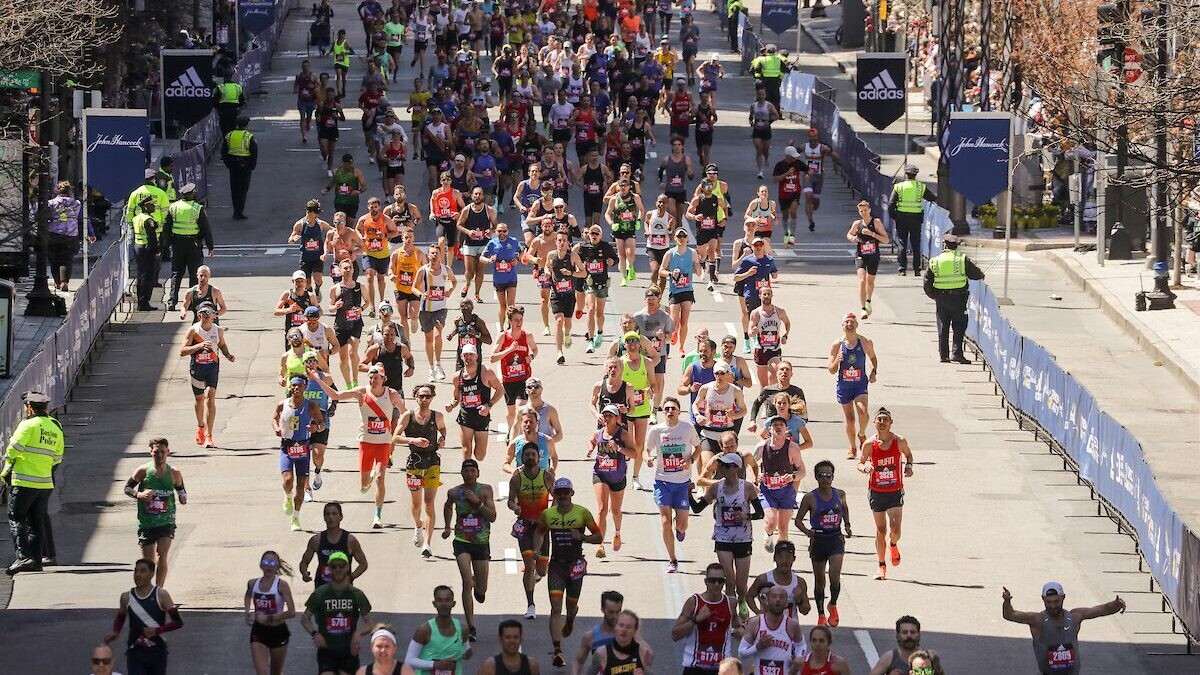
Weather
It’s not too early to start checking the forecast and thinking about how the weather will factor into your race day plans–from what you’ll wear on the bus to Hopkinton to what you’ll run in. Boston in April can bring all types of weather, as we’ve seen on race day many times. As of today, race-day conditions are predicted to be a lovely 15 C, mainly sunny with a low chance of precipitation. While this could change, it appears we can look forward to a near-perfect day for running. However, packing for all conditions is still advised!
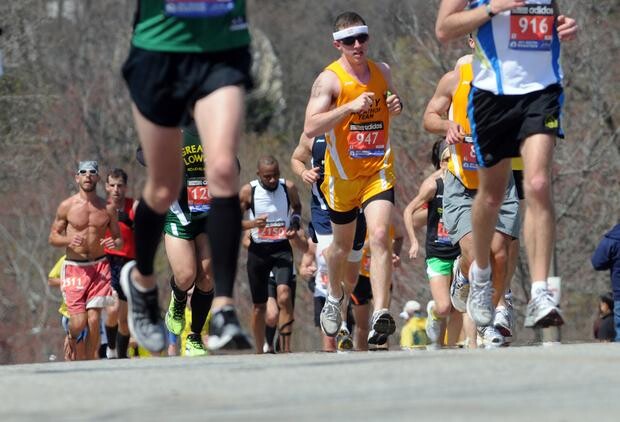
The right mindset
With more time (and energy) on their hands (thank you, taper!), runners often experience feelings of excitement but also stress, doubt and anxiety. This is normal. Reading how the elites handle these emotions can really help. Check out this summary of running mindset tips from some of the greats.
Make a race weekend checklist
Now is the time to locate your registration information, review travel plans, make that pre-race dinner reservation and start to pack. Many runners prefer to travel with their race-day nutrition with them, so ensuring you’ve got the right supplies and some backups will reduce the risk of forgetting anything in the final days.
Prep for the hills
The hard work is done. As runners enter their taper, it’s a good time to start thinking about the unique nature of the Boston course. You’ve probably done lots hill reps in training. As you head into the last two weeks of easier training, now’s a good time to continue practicing some downhill running so the legs get used to what’s coming on April 15.
(04/02/24) Views: 99Claire Haines
Four ways to be a more consistent runner, according to science
For runners, motivation can be the game-changer between smashing personal bests and falling short. But what exactly fuels our drive when the going gets tough? According to The New York Times, it often comes down to external factors—like a supportive friend, a motivating app or a commitment made to someone else.
Recent research underscores the power of a workout buddy in boosting motivation, especially for those struggling to stay consistent. Whether teaming up with a friend already crushing their fitness goals or mentoring a newcomer, accountability is key. Ready to stay on track with your consistency goals? Here are some snappy strategies to keep you going strong.
1.- Signing up can help (but keep it secret)

For those who thrive on structure, signing up for a race or athletic event can provide the necessary framework to stay on track. However, it’s wise to keep these ambitions close to the chest until you’re well on your way to the finish line. Research suggests that sharing your goals prematurely, particularly on social media, might trick your brain into feeling accomplished without putting in the effort.
2.- Excel with accountability

Personal trainers or fitness instructors can also serve as powerful sources of accountability. By committing to attending a scheduled class or session, you’re not just investing in your health but also avoiding the discomfort of flaking out.
Denver-based clinical psychologist Justin Ross specializes in athlete mental health and performance, and says when he coaches newer athletes he experiences the benefit of accountability firsthand: “I’ve got to show up, not just for me but for them as well,” he said.
3.- Paper clips for the win
For individuals who respond well to visual cues, creating a tangible representation of progress—such as a paper-clip chain or rubber band ball—can provide the necessary motivation on those days when motivation is lacking. “On days when you’re really not feeling it,” Ross told The New York Times, these visual reminders “can help provide a little bit of that energy to get you started.”
4.- Money motivates
For those seeking an extra push, some apps offer monetary rewards for meeting fitness goals, turning exercise into a profitable endeavor. By tracking metrics like time or distance through your wearable fitness device, apps like Charity Miles make charitable donations in your name; others offer discounts.
Finding what works for you might require some trial and error. Whether it is finding the right workout partner, setting achievable goals or leveraging external incentives, staying accountable can be the key to unlocking your fitness potential.
(04/02/24) Views: 98Keeley Milne


